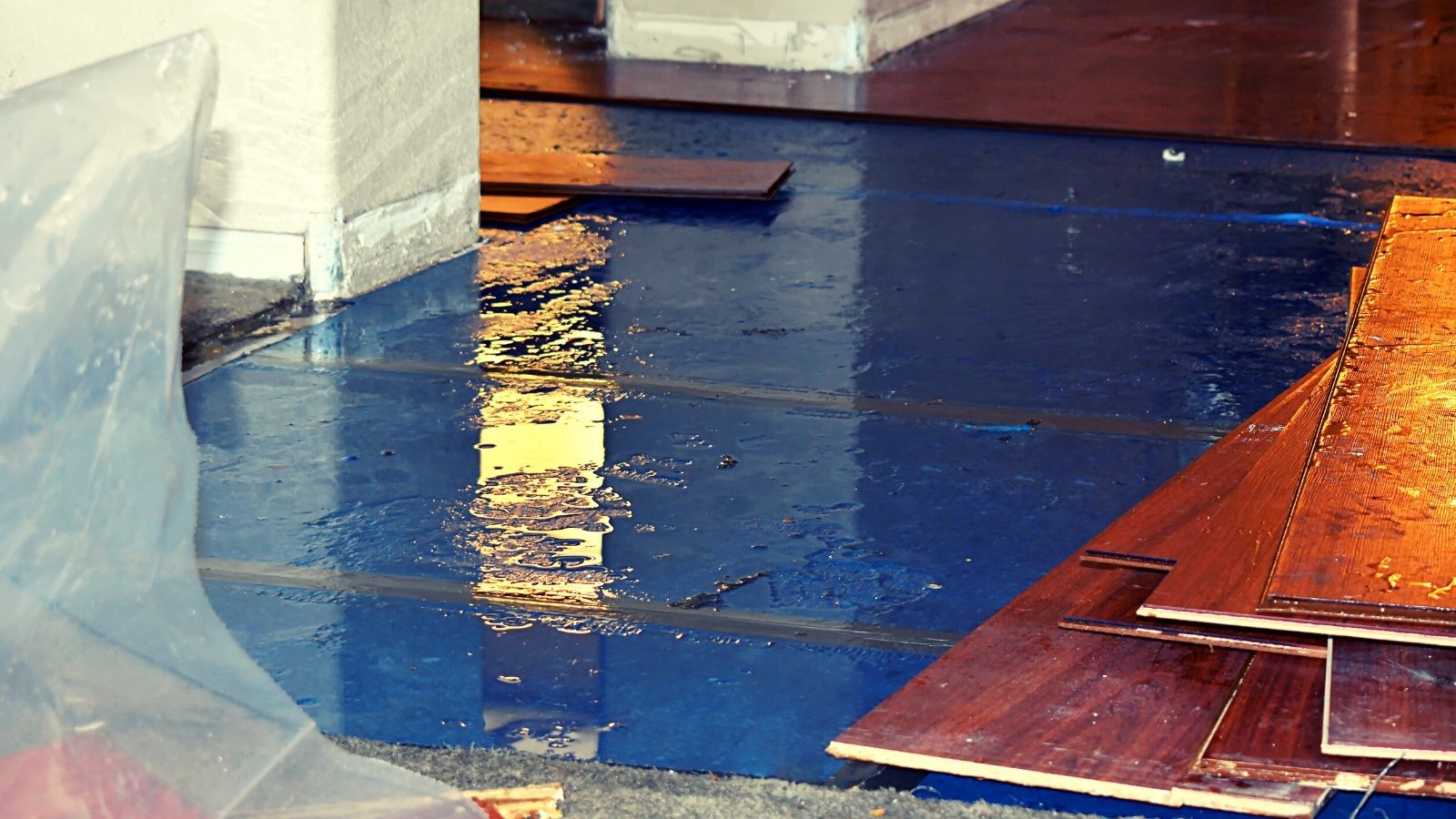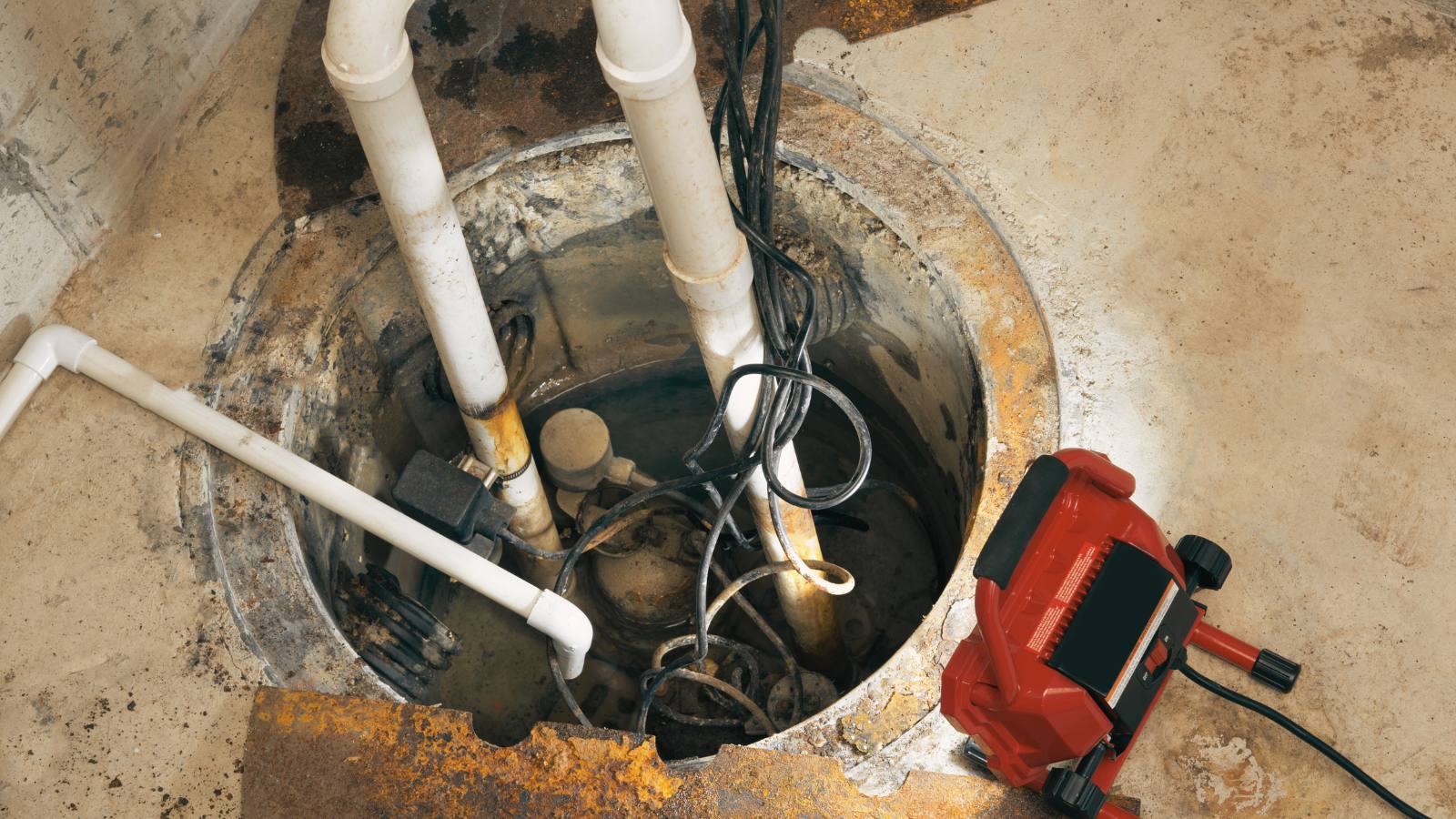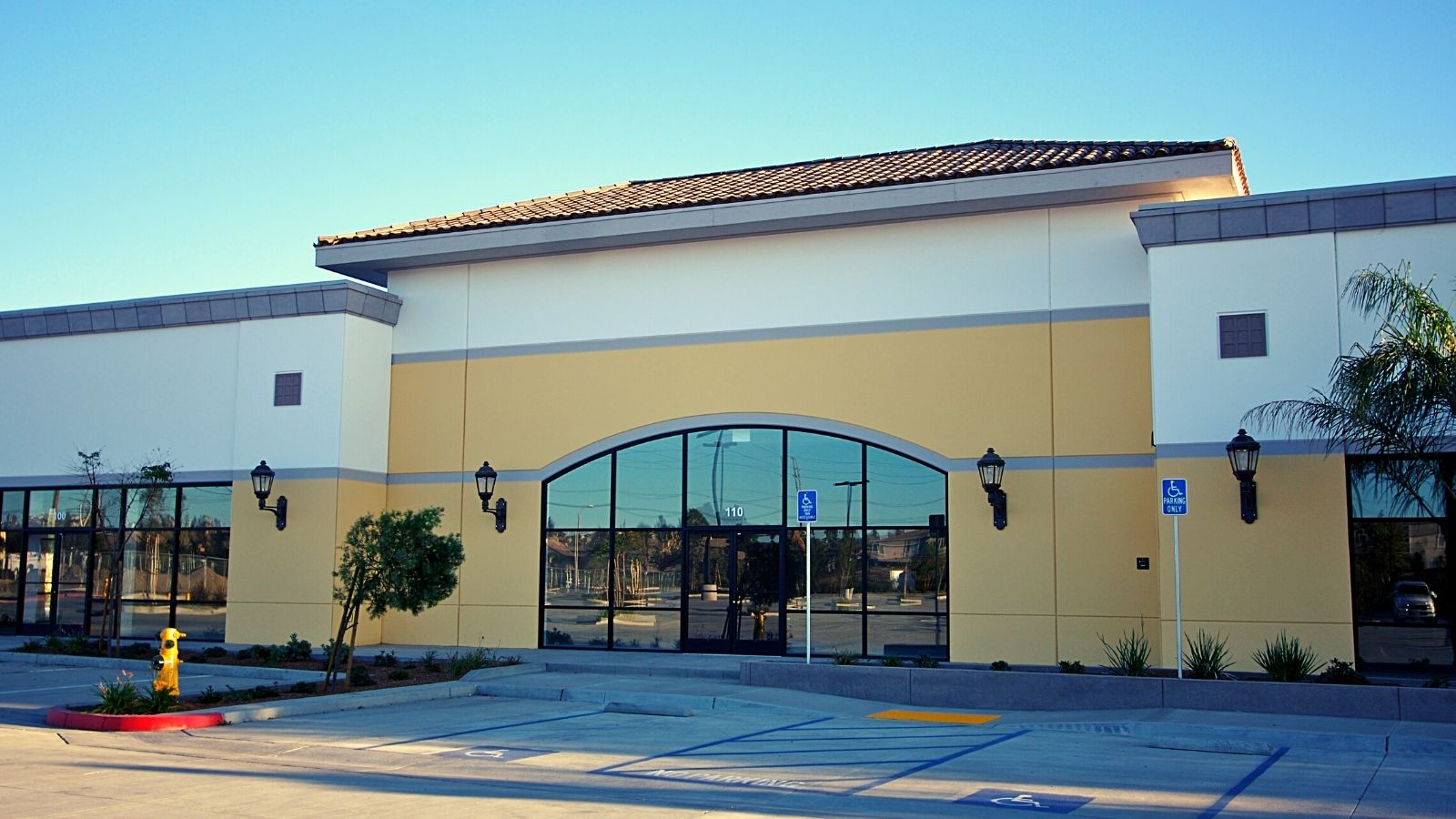The Crucial Role of Sump Pumps in Commercial Buildings
In the realm of commercial buildings, an essential but often overlooked component is the sump pump. These devices play a critical role in...
2 min read
Sarah Chadwick
March 11, 2022

Water damage is a common and potentially devastating issue that many property owners face. Whether it's a burst pipe, a leaky appliance, or a natural disaster, water intrusion can wreak havoc on your property and pose various risks. Understanding the different categories of water damage is crucial for determining the appropriate cleanup and restoration measures. Let's explore the three categories of water damage and their implications.
Category 1 water damage involves water that originates from a sanitary source and does not pose a substantial health risk. This category includes clean water that hasn't been contaminated by chemicals, sewage, or other harmful substances. Some common examples of Category 1 water damage sources are broken water supply lines, tub or sink overflows, broken toilet tanks, and melting ice or snow.
Although Category 1 water is not immediately hazardous, it can still cause significant damage to your property if not addressed promptly. It can lead to staining, swelling, and structural integrity issues. Mold growth is also a concern if the affected area remains wet for an extended period. To mitigate Category 1 water damage, prompt drying and cleanup are essential.
Category 2 water damage involves water that contains significant contaminants and has the potential to cause illness if ingested or exposed to the skin. This category includes water from sources like discharge from dishwashers, washing machine overflows, broken aquariums, and punctured water beds. Gray water may contain chemicals, bacteria, or other pathogens that can pose health risks.
When dealing with Category 2 water damage, caution should be exercised. Protective gear, such as gloves and masks, should be worn during cleanup to minimize exposure to potentially harmful substances. Porous materials, such as carpets and upholstered furniture, may need to be discarded to prevent contamination and ensure proper sanitation. Thorough cleaning and disinfection of affected areas are crucial to prevent the growth of bacteria and mold.
Category 3 water damage is the most severe and hazardous category. It involves water that is grossly contaminated and may contain pathogenic, toxigenic, or other harmful agents. Exposure to Category 3 water can cause severe infection or disease. Examples of Category 3 water damage sources include sewage backups, flooding from seawater, and rising water from rivers or streams.
When faced with Category 3 water damage, immediate action is crucial to protect both the property and the health of individuals involved. Professional restoration services should be engaged to handle the cleanup, as specialized equipment and expertise are required. Affected areas should be isolated, and proper personal protective equipment (PPE) must be worn to prevent contact with the contaminated water. Thorough disinfection and decontamination are necessary, and in some cases, extensive repairs and reconstruction may be needed to restore the property to a safe and habitable condition.
Regardless of the category, it is vital to address water damage promptly. The longer water damage goes unattended, the worse the consequences become. Delayed action can result in increased project scopes, higher costs, and heightened health and safety risks to occupants or workers.
Water damage can lead to structural damage, mold growth, and compromised indoor air quality. Mold spores can proliferate within 24 to 48 hours, posing additional health risks and further complicating the restoration process. Additionally, prolonged exposure to water-damaged environments can cause respiratory issues, allergies, and other health problems.
Water damage is a serious concern that should never be taken lightly. Understanding the three categories of water damage is essential for determining the appropriate response and minimizing the associated risks. Whether it's clean water (Category 1), gray water (Category 2), or blackwater (Category 3), it's crucial to assess the situation accurately and take immediate action. Ignoring or underestimating water damage can lead to significant consequences, including structural deterioration, mold growth, and health hazards. By promptly addressing water damage according to its category, you can mitigate further damage, ensure a safe environment, and safeguard the well-being of your property and its occupants. Don't wait, act swiftly and decisively to minimize the impact and restore your property to its pre-damage condition.

In the realm of commercial buildings, an essential but often overlooked component is the sump pump. These devices play a critical role in...

Water damage is a significant concern for any property owner or manager. It can lead to costly repairs, structural damage, and health hazards if left...

Spring thaw varies depending on your location, but as winter fades and warmer temperatures take over, commercial properties face new challenges. Snow...